Many water supply projects are behind schedule, groundwater exploitation is reduced, and water prices are not attractive to investors, which are the main reasons for Hanoi's widespread water shortage.
For the past two weeks, a series of residential areas in districts such as Thanh Xuan, Nam Tu Liem, Thanh Oai, Hoai Duc... have been lacking water for daily use. People have to line up until 1-2am to wait for water from mobile water trucks. Many people have had to skip bathing, evacuate to relatives' houses or drill wells.
Meanwhile, Hanoi has been in autumn for two months, and the demand for clean water for more than 8.4 million people is not as high as in the summer. The water level of the Red, Da and Duong rivers - the city's surface water supply - has been replenished by many floods upstream after drying up in late May and early June. The water shortage has many causes and most of them cannot be resolved immediately.
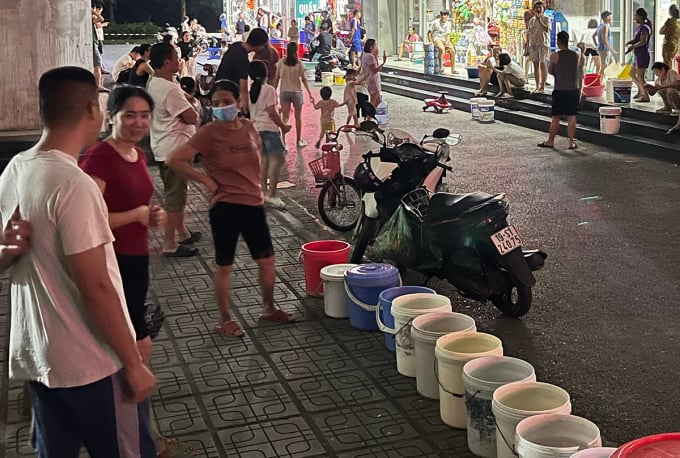
Residents of Thanh Ha urban area line up buckets and basins to wait for clean water on the night of October 15. Photo: Ngoc Thanh
Reduce groundwater exploitation
Hanoi is assessed to have abundant underground water. Of the total 1.5 million m3 of clean water supplied to the city every day and night, underground water accounts for 770,000 m3, surface water 750,000 m3. However, due to spontaneous exploitation over several decades, the underground water level has decreased, causing land subsidence and arsenic pollution.
In order to protect groundwater resources and ensure safe and sustainable water supply, the Prime Minister issued Decision No. 554/2021 approving the adjustment of the Capital Water Supply Plan to 2030, with a vision to 2050. The city will prioritize the exploitation and use of surface water resources, gradually reducing groundwater.
According to the roadmap, the daily exploitation of groundwater will gradually decrease from the current 770,000 m3 to 615,000 m3 by 2025; 504,000 m3 by 2030 and 413,000 m3 by 2050.
Some factories have closed underground wells, such as Ha Dinh Water Plant, which closed 8/17 wells, while 9 wells are being exploited on a rotational basis. From now until 2030, the factory will only operate at a capacity of 10,000 m3 per day and night, a reduction of 1/3 compared to before, and by 2050, all underground wells will be closed.
Similarly, Phap Van Water Plant with a designed capacity of 30,000 m3 per day and night is reducing exploitation to 5,000 m3; after 2030, the underground water wells will be stopped and put into reserve mode.
A series of clean water projects are behind schedule.
With the reduction of groundwater, Hanoi must increase the exploitation and use of surface water to compensate. However, a series of surface water projects are behind schedule. The largest is the Red River Surface Water Plant project in Lien Hong commune, Dan Phuong district, with an area of over 20 hectares and a capacity of 300,000 m3 per day and night, which has been delayed for nearly 3 years. The initial plan was to put the project into operation in the first quarter of 2021, but the city has adjusted it twice, allowing it to be extended to the fourth quarter of 2024.
Mr. Nguyen Phuc Hoan, Deputy Head of Dan Phuong Urban Management Department (the urban infrastructure management unit), said that the project is in the final stage, expected to install equipment to take raw water from the Red River in November, and install the treatment line in the factory in December. The current problem is that the land where the pipeline passes has not been cleared; when building the raw water collection station, construction must be stopped for 3 months during the rainy season due to regulations of the Law on Dikes.
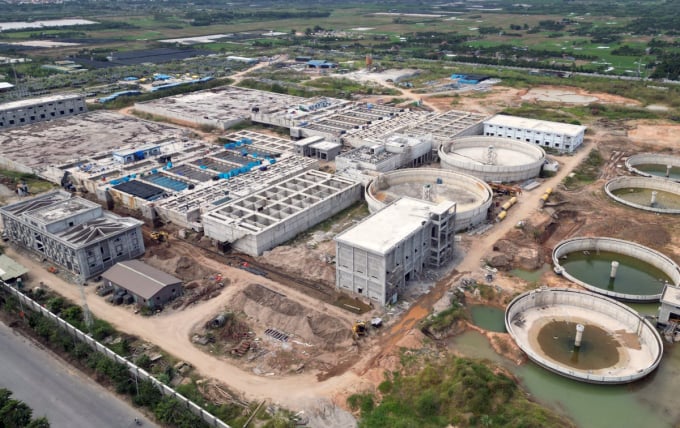
The messy construction site at the Red River Surface Water Plant, photo taken on the afternoon of October 20. Photo: Hoang Phong
In addition to the above project, the first phase of the Da River Surface Water Plant was completed in 2009 with a capacity of 300,000 m3 per day and night. According to the plan, the second phase will increase to 600,000 m3 by 2020, but it is not yet completed.
The project to increase the capacity of the Bac Thang Long - Van Tri Water Plant from 150,000 to 200,000 m3 per day and night is expected to be completed in 2018, but has not yet been implemented. The Xuan Mai Water Plant project in Hoa Binh with a capacity of 200,000 m3 per day and night is expected to be completed in 2020, but is currently only preparing for investment.
Lack of suburban water supply network
Over the past 10 years, after Ha Tay merged into Hanoi, the western districts have urbanized very quickly with a series of new urban areas forming on Le Van Luong - To Huu street, National Highway 32 through Hoai Duc district, Thang Long Avenue and apartment buildings in the southwest such as Thanh Ha urban area (Thanh Oai). In these areas, the population is dense, but the water source and clean water supply network are not developed proportionally, leading to overload.
According to the conclusion of the monitoring of the clean water supply situation announced by the City People's Council at the end of September, the water supply network in the districts is synchronized, meeting 100% of the people's needs with the target of 100-150 liters/person/day. However, in the suburbs, many water supply network development projects are behind schedule, and investors have not implemented them. As a result, 139 communes do not have a centralized clean water source.
Specifically, the project to connect water supply to 14 communes and towns in Hoai Duc district, invested by Tay Ha Noi Clean Water Joint Stock Company, was expected to be completed in 2018, but is currently not finished. Many communes in this district have lost or have had weak water flow since June and have not been able to fix it yet. Water supply network projects for many communes in Soc Son, Dong, Anh, Gia Lam, Chuong My, Xuan Mai, Dan Phuong are also behind schedule or have not been implemented.
There are even some rural clean water supply network projects that investors have not implemented, such as the clean water distribution project for 26 communes in Thuong Tin district, 20 communes in My Duc, 27 communes in Ung Hoa and 17 communes in Thanh Oai invested by Aqua One Water Joint Stock Company and Duong River Surface Water Company. The project plan is to be completed in 2020, but the procedures for implementation have not yet been completed.
Clean water price is not attractive, investors complain of losses
From July 1, the retail price of domestic water for the first 10 m3 in Hanoi will increase from VND5,973 to VND7,500 and by 2024 to VND8,500/m3 per household per month. The price of water after the first 10 m3 will increase progressively.
Explaining the price increase, at a press conference on June 30, Chief of Office of the City People's Committee Truong Viet Dung said that Hanoi has not adjusted the price of clean water for the past 10 years, while the cost of water prices has fluctuated. Due to the policy of limiting groundwater, the city has had to call for investment in surface water plants, the production cost of which is higher than that of groundwater.
The city has called for 23 investors with 40 clean water supply projects, including 11 source development projects. Upon completion, the projects will increase the city's clean water supply capacity to more than 2.3 million m3 per day and night; 29 water supply network development projects will meet 96% of rural people's needs (currently 80%).
However, many investors are facing difficulties due to low retail prices while input costs are increasing. At the end of 2022, Tay Ha Noi Clean Water Company, the unit implementing the project to build a clean water supply system for 14 communes and a town in Hoai Duc district, asked the city to remove the problem due to losses.
The company cited rural areas in general and Hoai Duc district in particular as having a majority of people working in agriculture, low income, used to using rainwater, wells..., and rarely consuming clean water from the city. The population is sparse, the distance between households is far, the investment cost to build a water supply network is large, leading to higher water production costs than other water supply units in the same area.
The purchase price of water from the source unit is high, while the selling price to customers is very low due to the application of the price list since 2013, leading to the project making a loss right from the start.
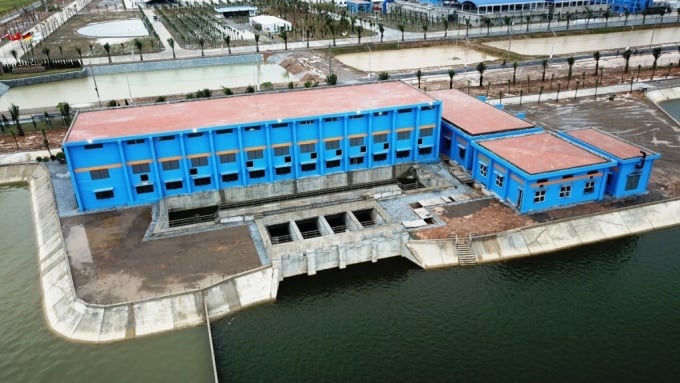
Duong River Surface Water Plant (Gia Lam, Hanoi) put into operation phase one from the end of 2018. Photo: Vo Hai
Another problem pointed out by the Department of Construction is the difference in wholesale prices between water suppliers. The wholesale price of Duong River surface water is about 3,000 VND/m3 higher than that of Da River surface water, so Viwaco Company (distributing water to Thanh Xuan, Hoang Mai, Dong Da, Ha Dong - where the ground level is low) buys the maximum amount of water from Da River. This leads to areas with high ground levels such as Thach That, Quoc Oai, Chuong My, although close to Da River, lacking water sources.
Mr. Le Van Du, Deputy Head of the Technical Infrastructure Department, Hanoi Department of Construction, commented that with the current progress of investment in building factories and operating the water supply network, the situation of local clean water scarcity in many areas will recur. In the summer of 2024, Hanoi is at risk of a shortage of about 50,000 m3 of water per day and night, concentrated in the west and southwest.
The government's goal of providing enough water for people by 2020 has not been achieved and it is unknown when it will be achieved.
Vo Hai - Pham Chieu
Source link


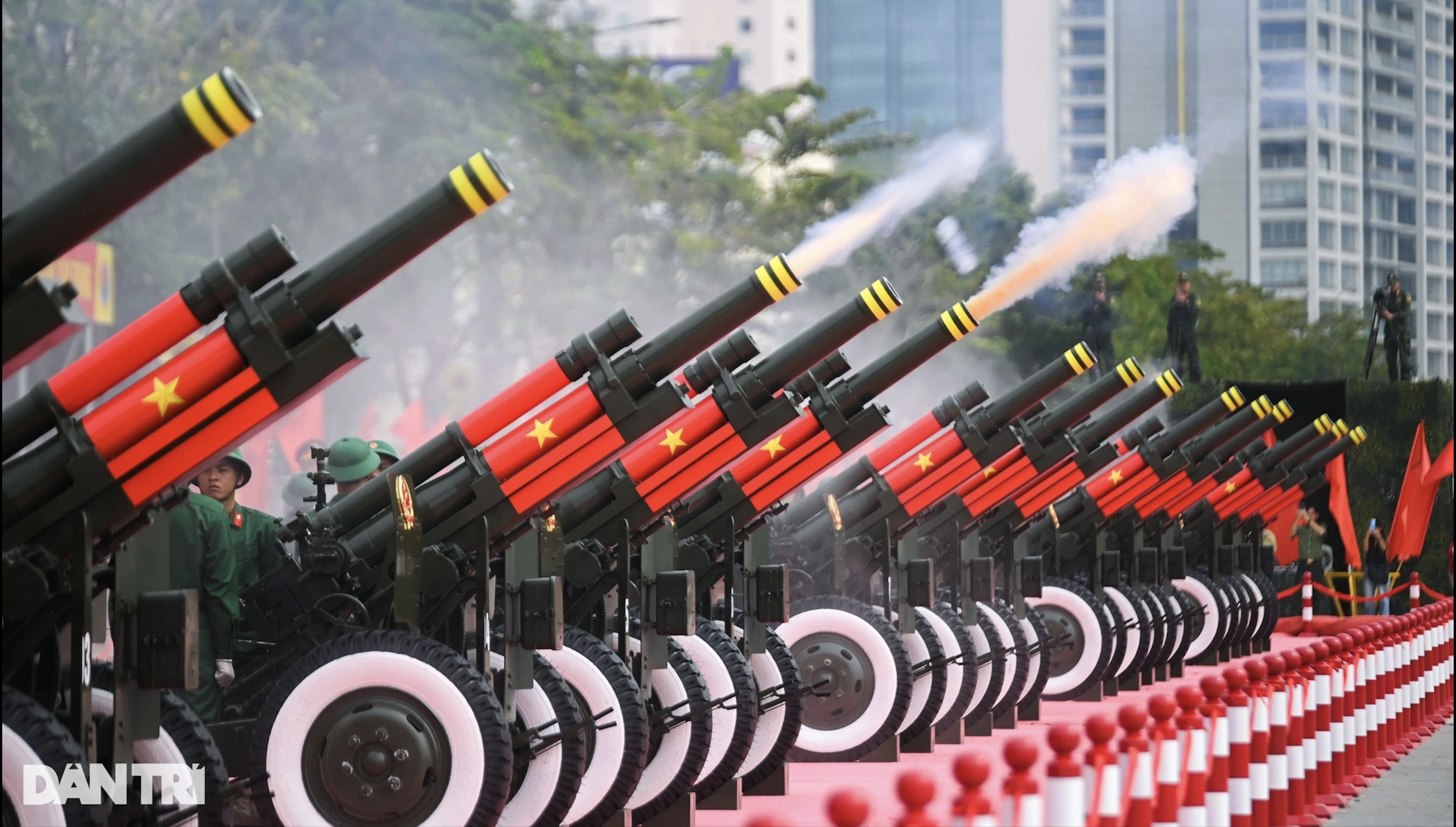


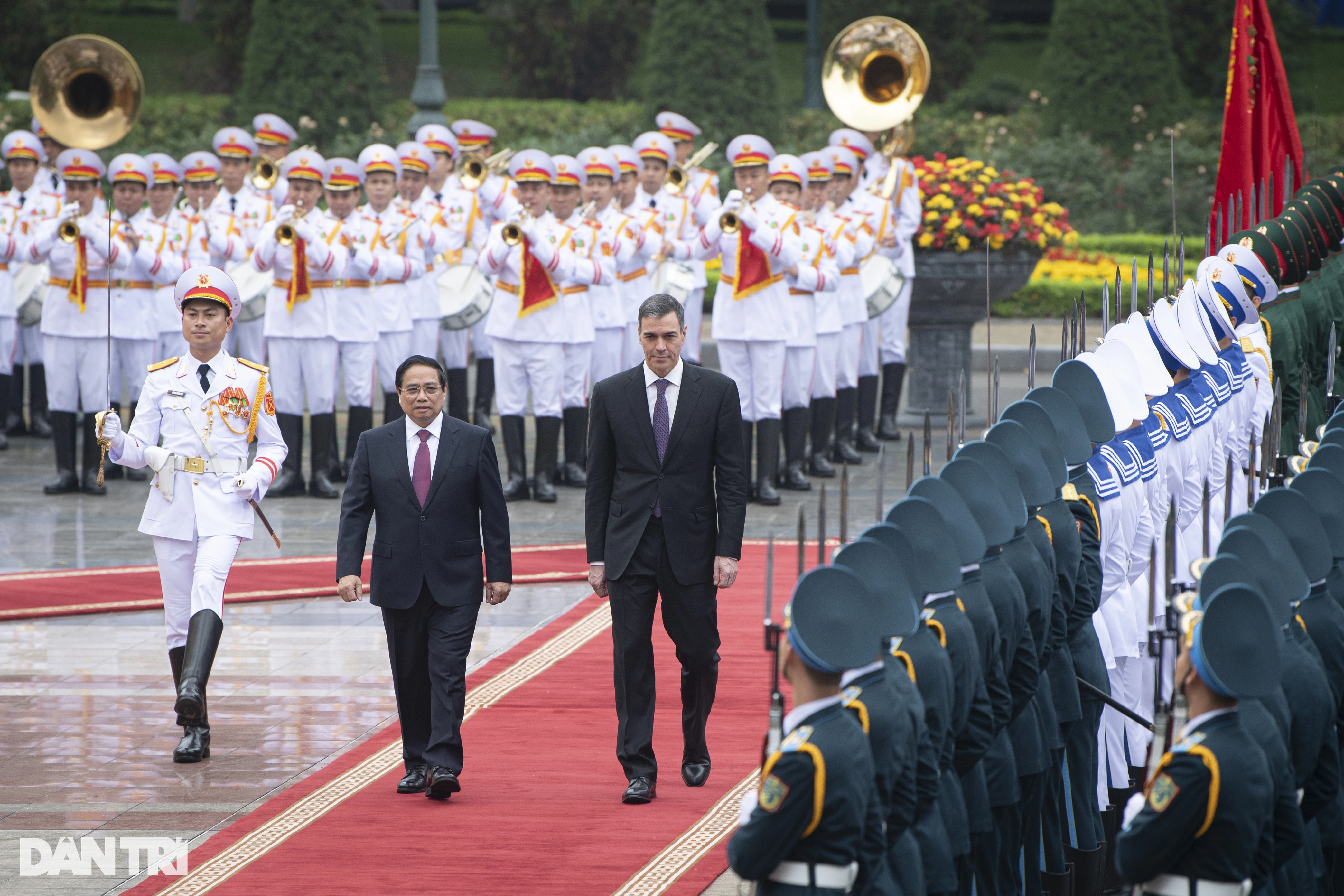


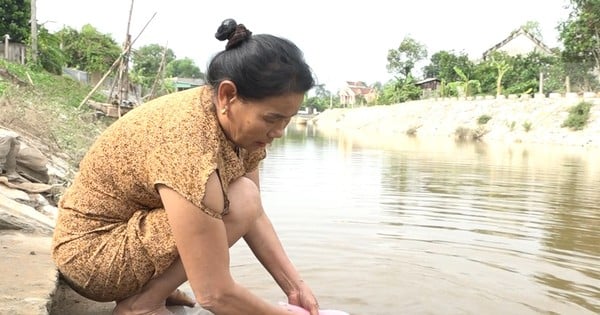

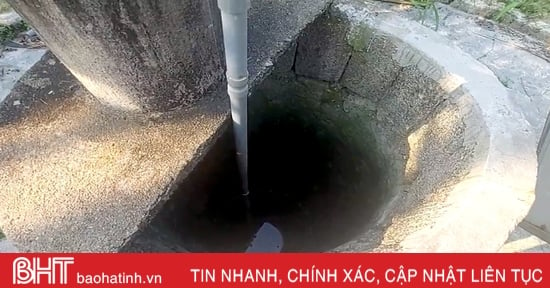

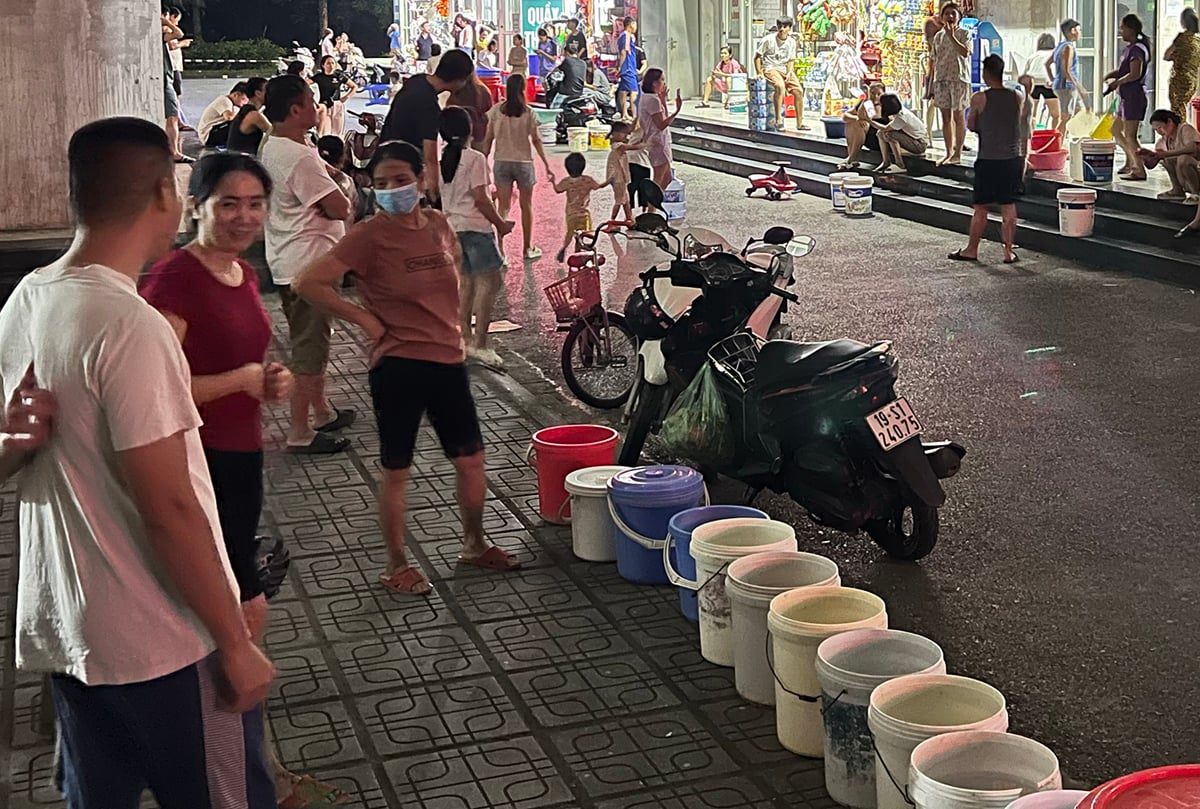
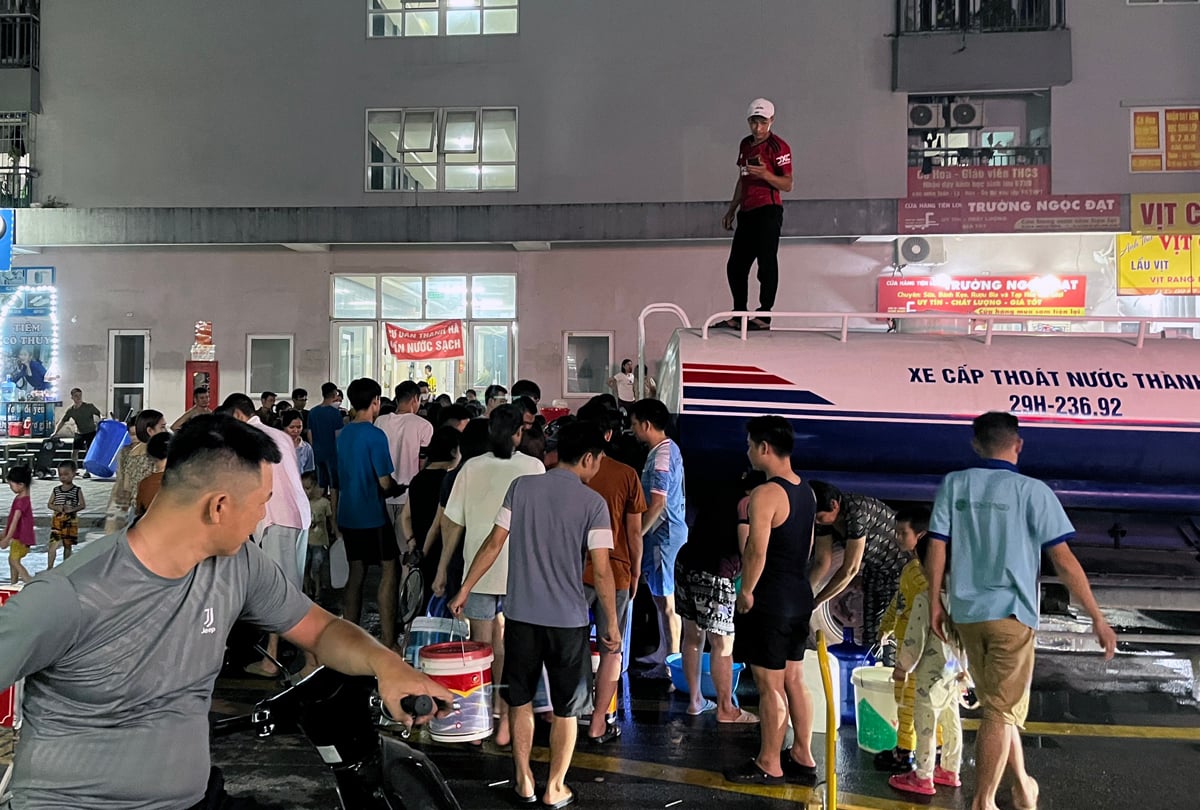
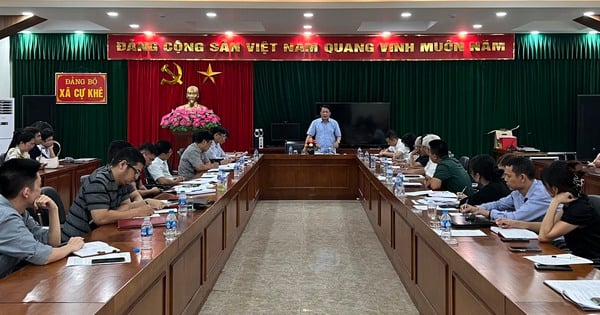

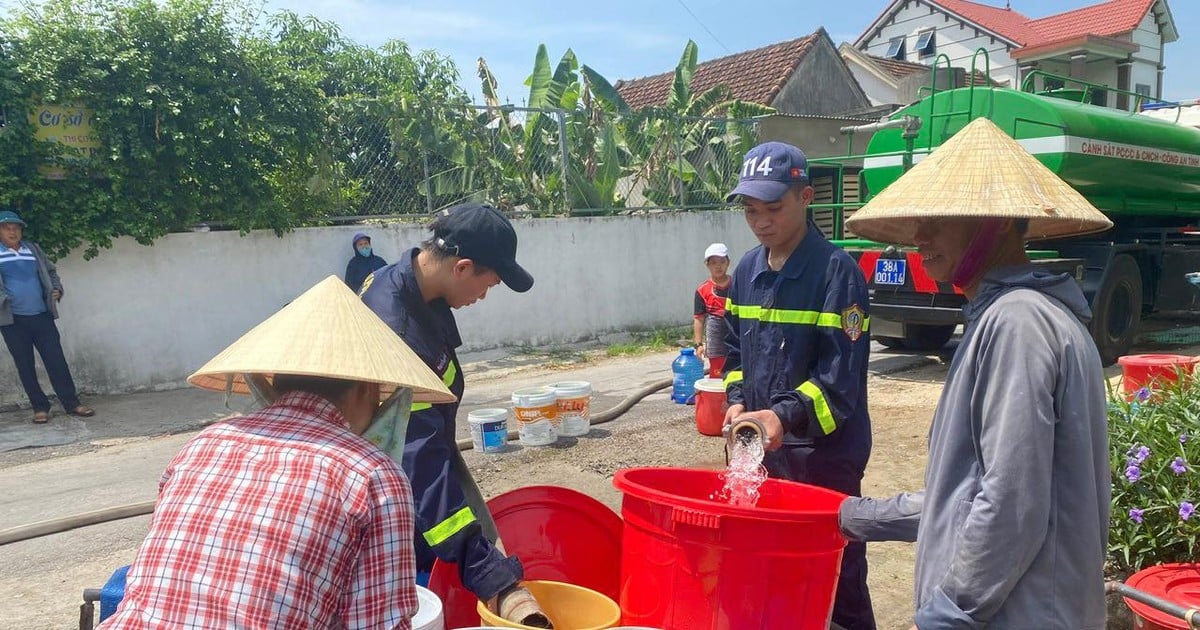

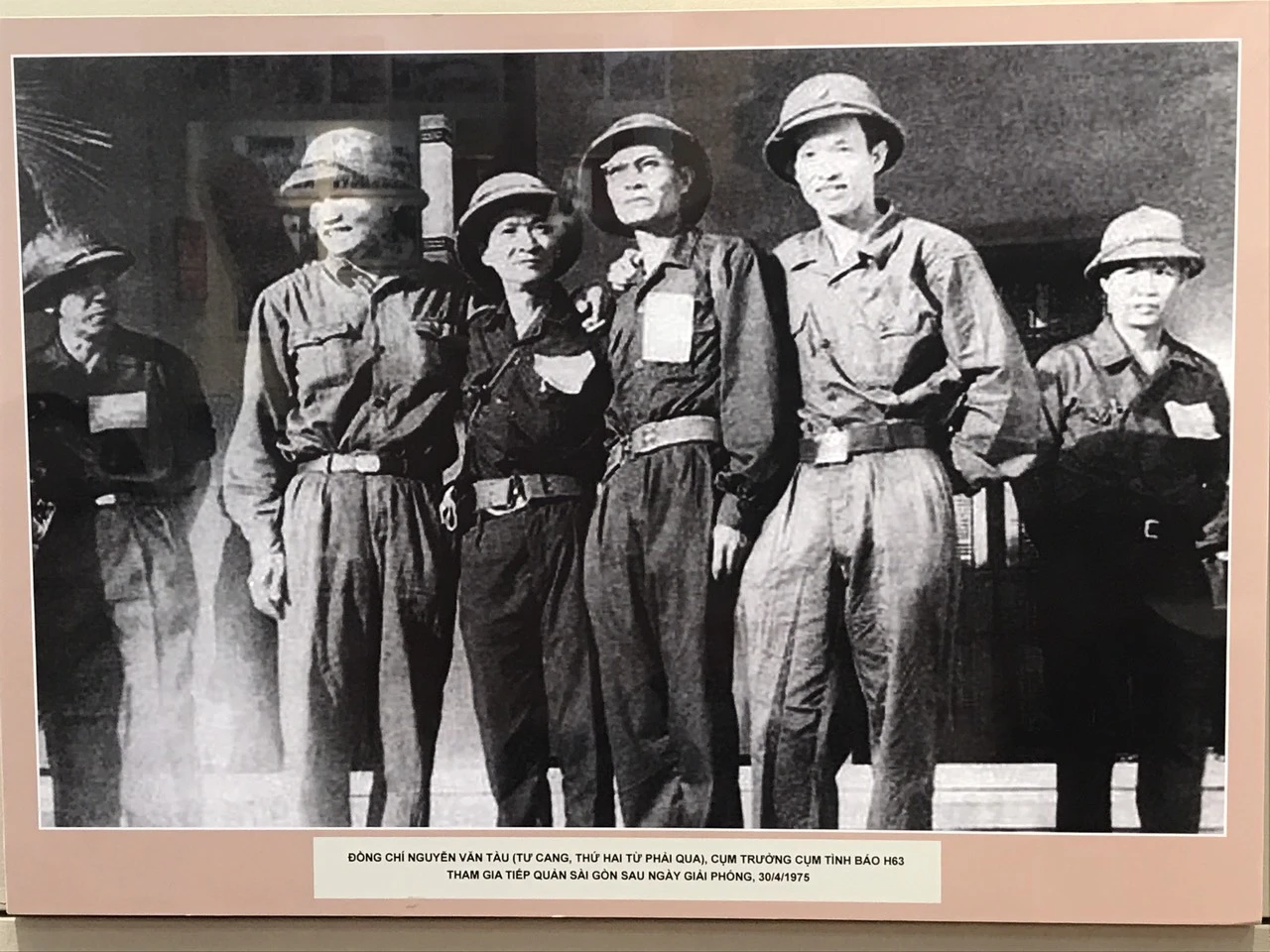
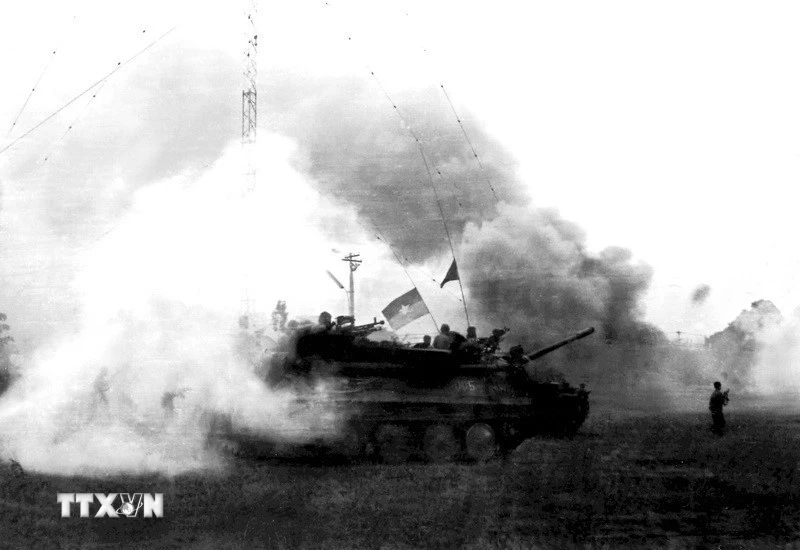


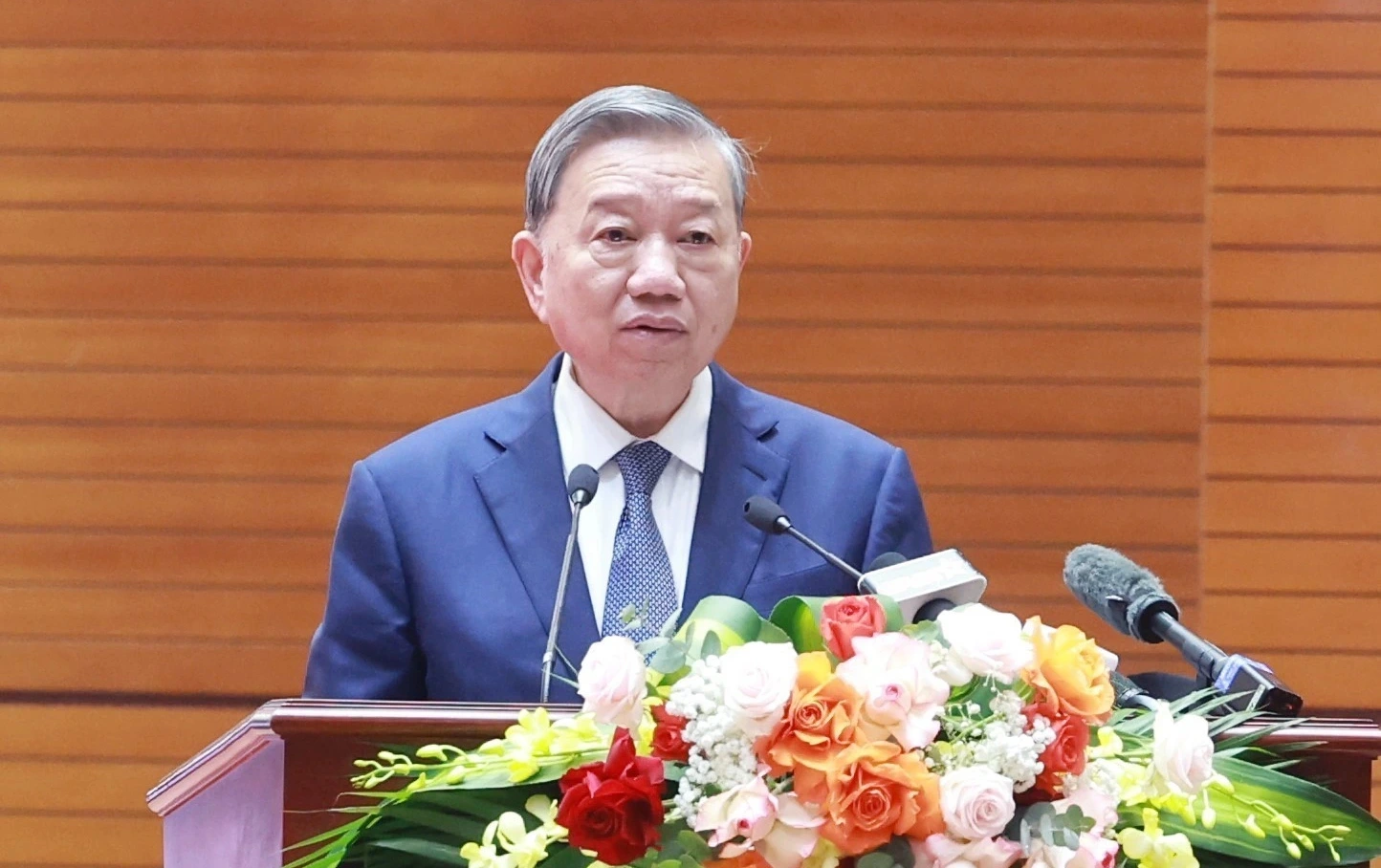

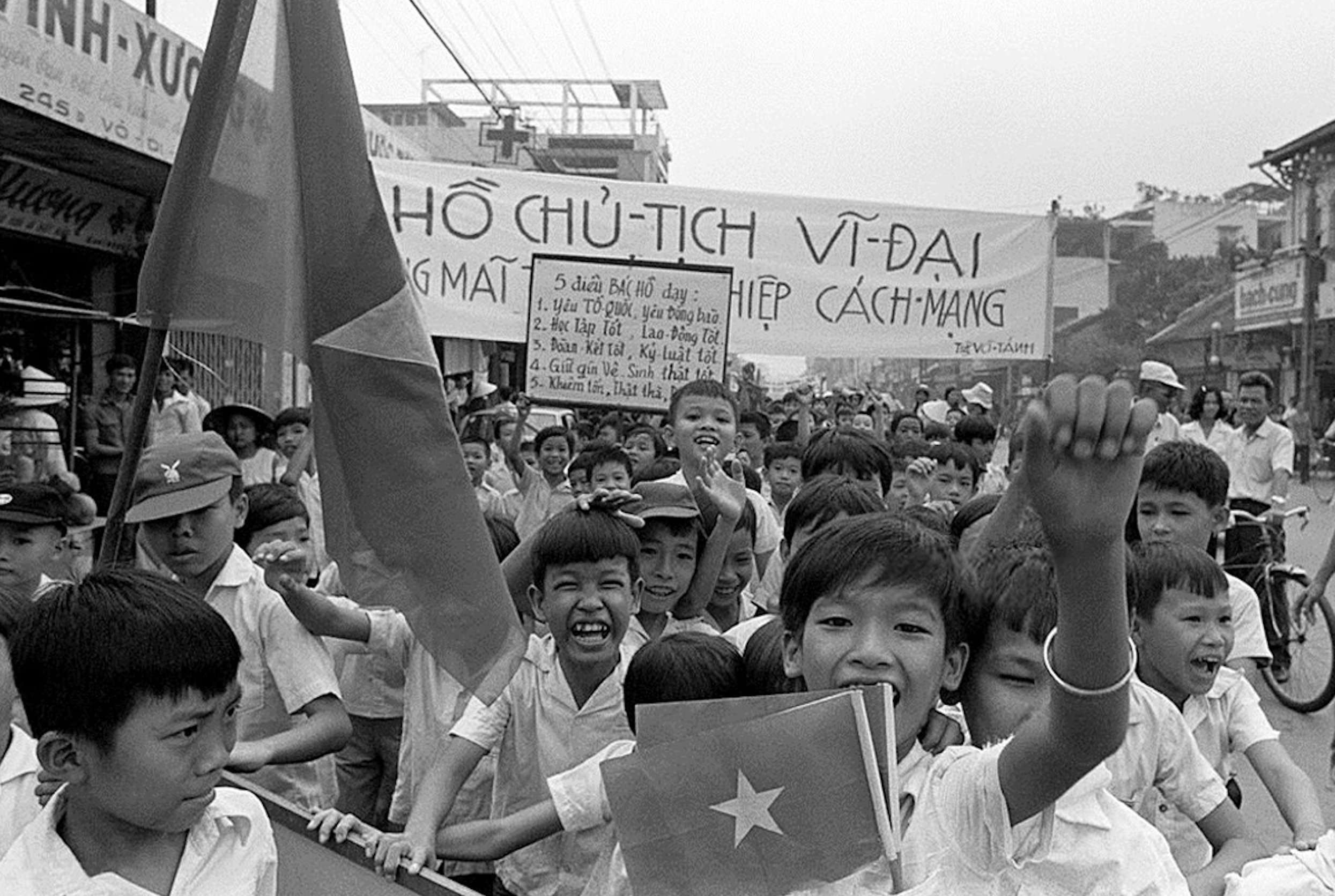






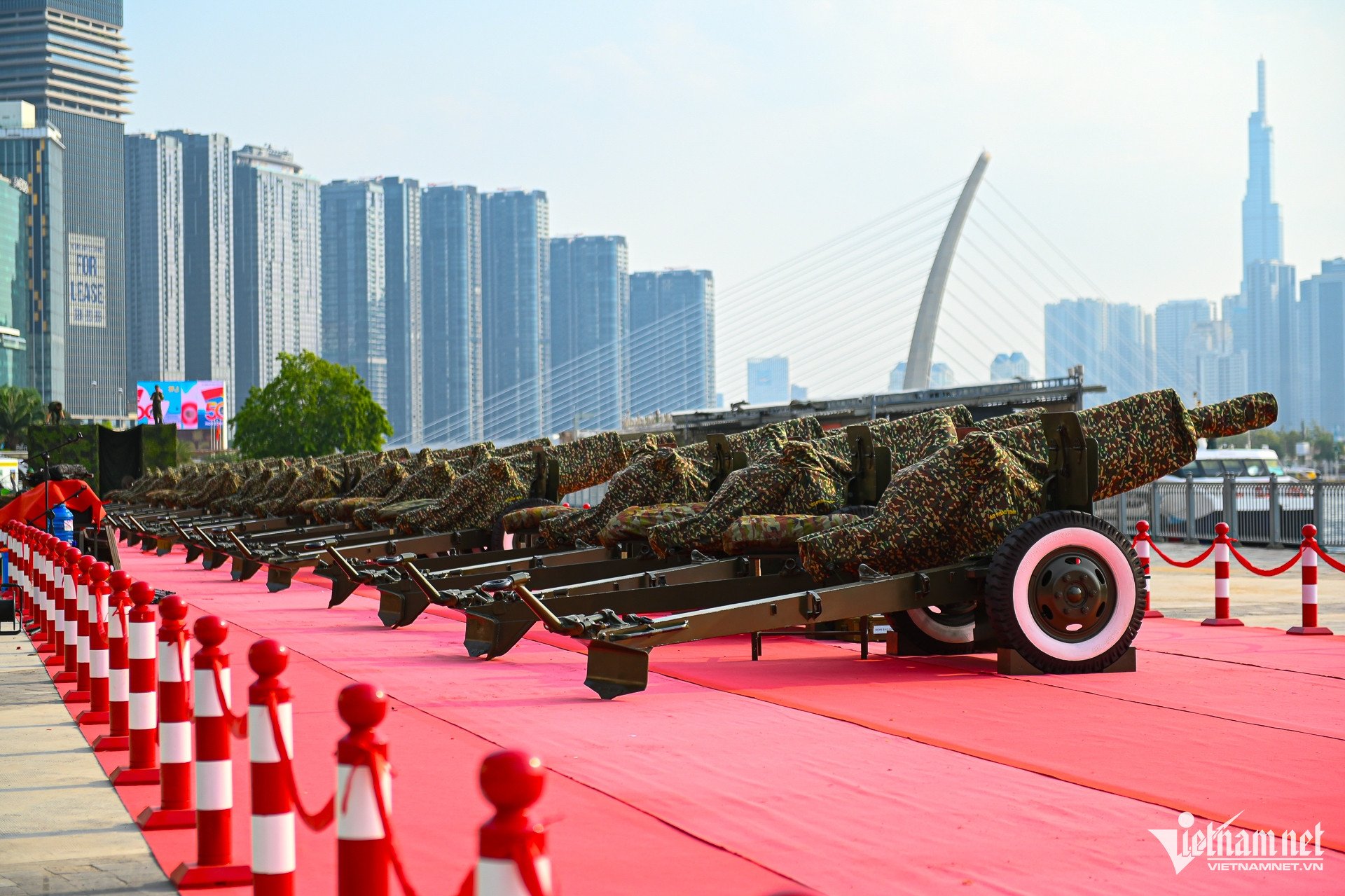
![[Photo] Visiting Cu Chi Tunnels - a heroic underground feat](https://vstatic.vietnam.vn/vietnam/resource/IMAGE/2025/4/8/06cb489403514b878768dd7262daba0b)
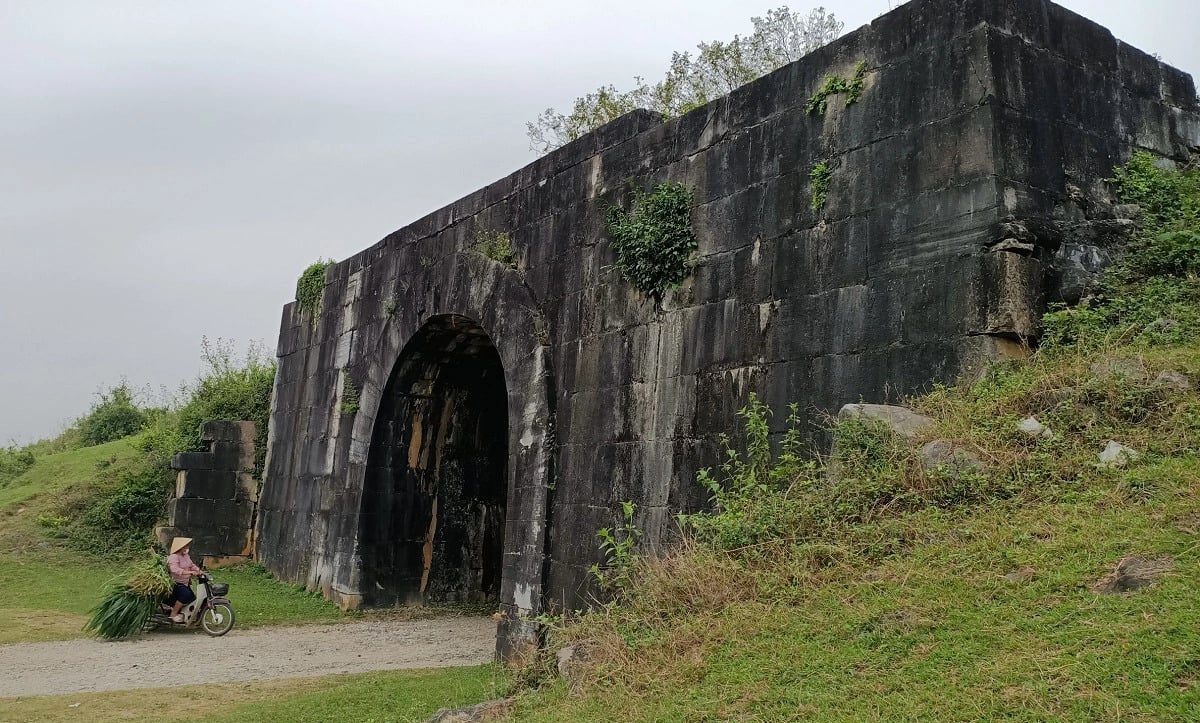

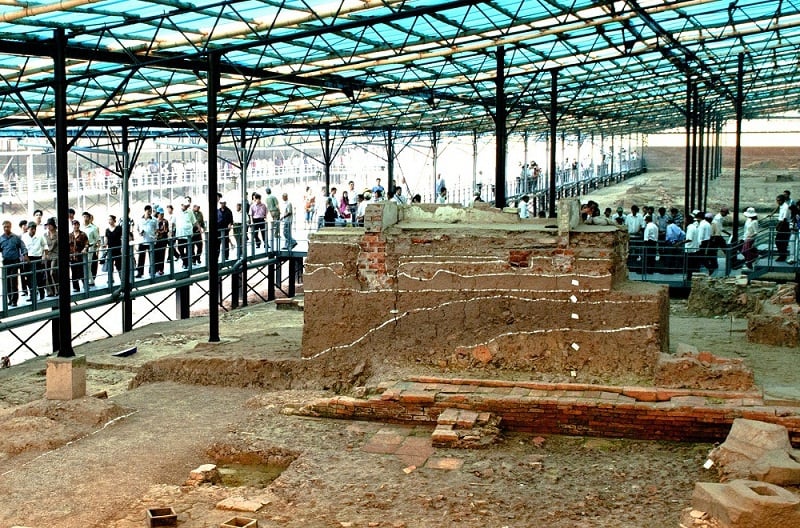

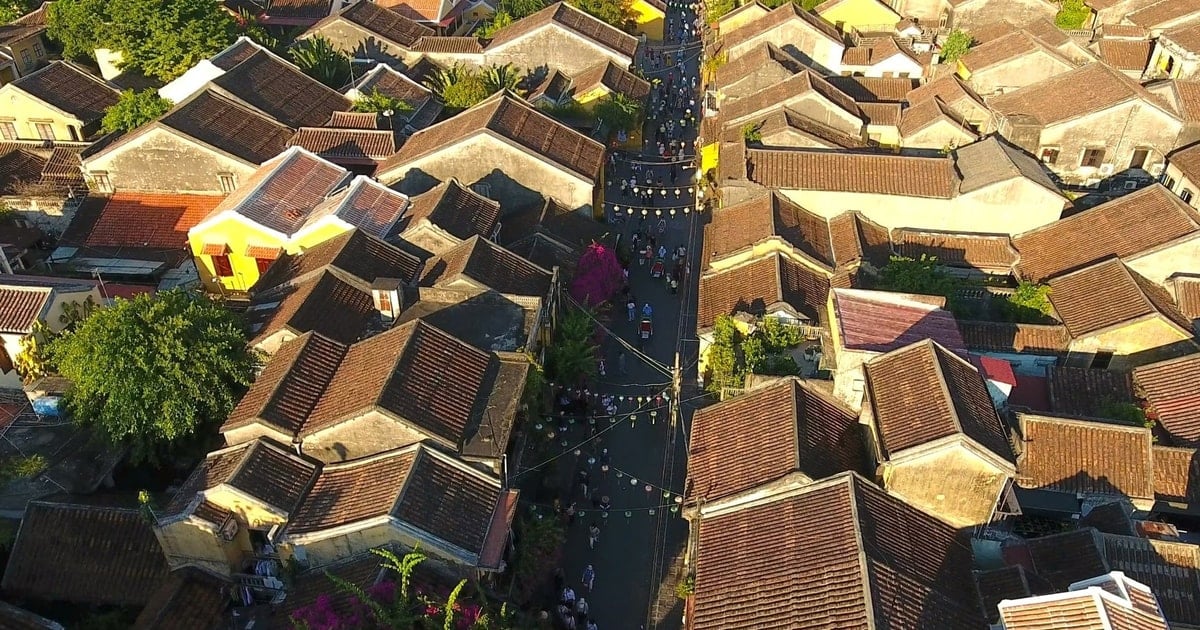
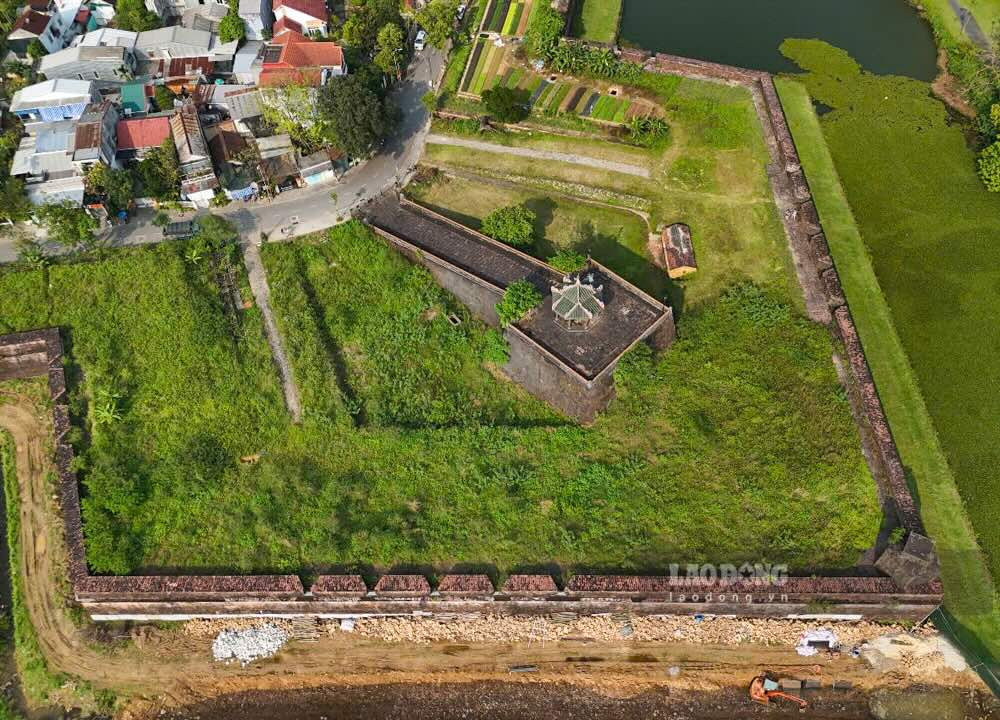



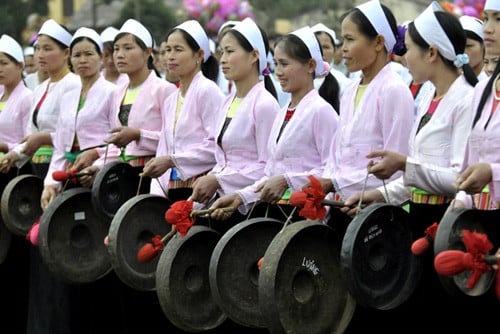

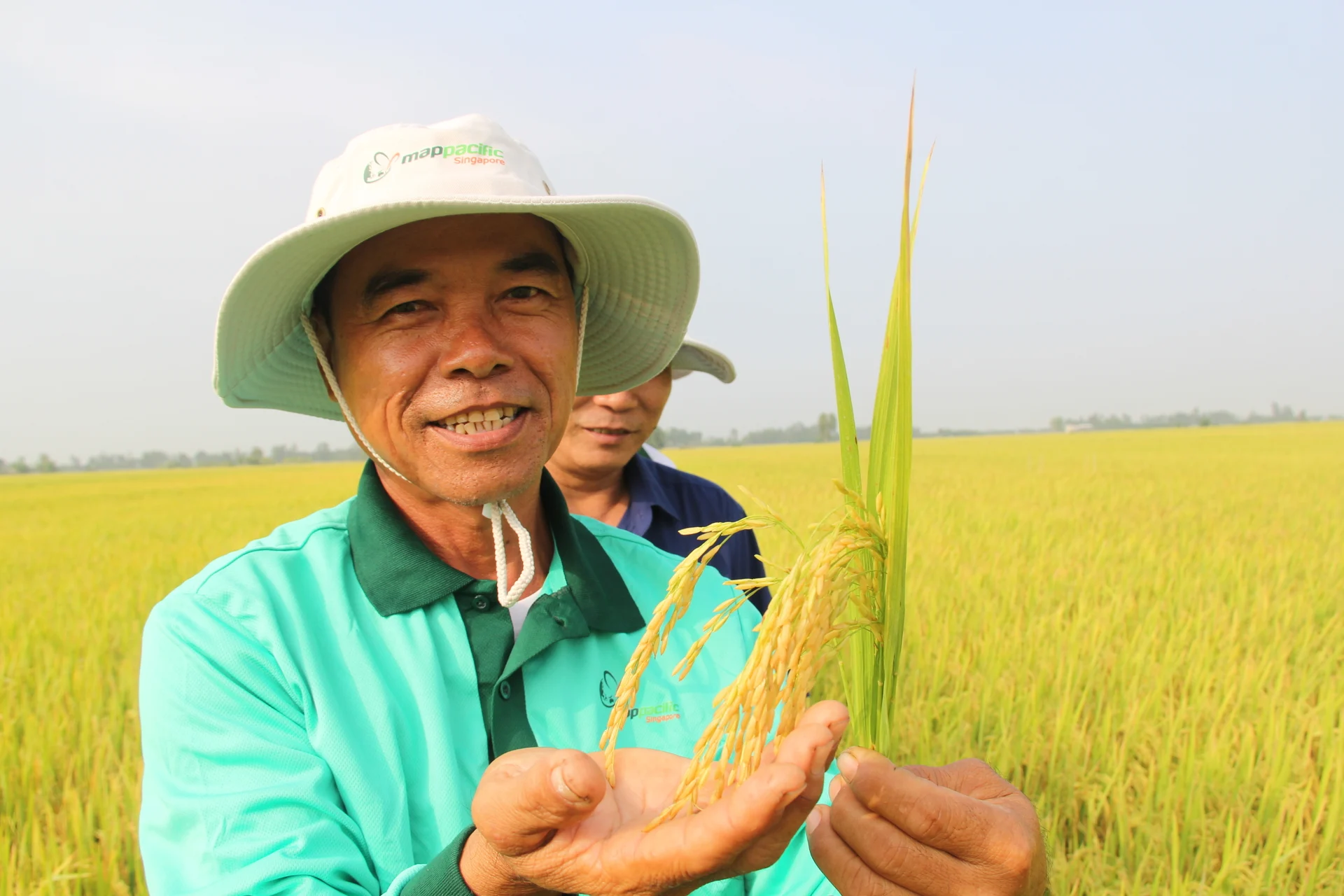

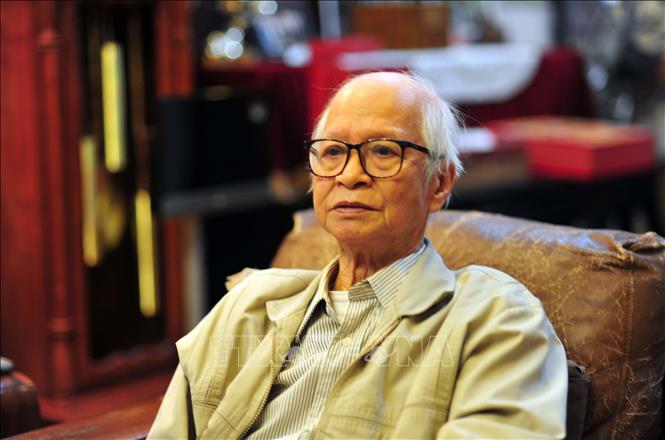






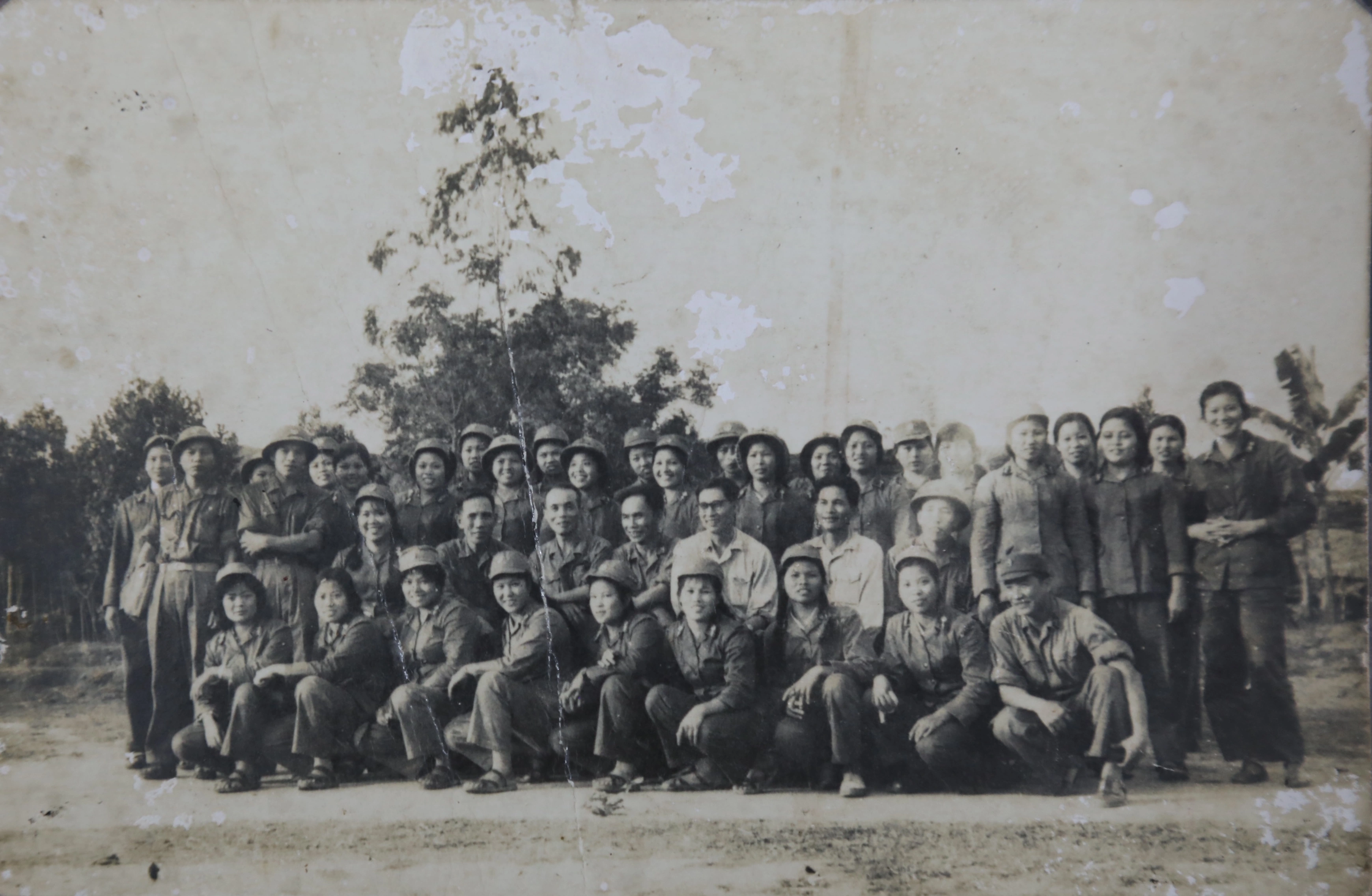


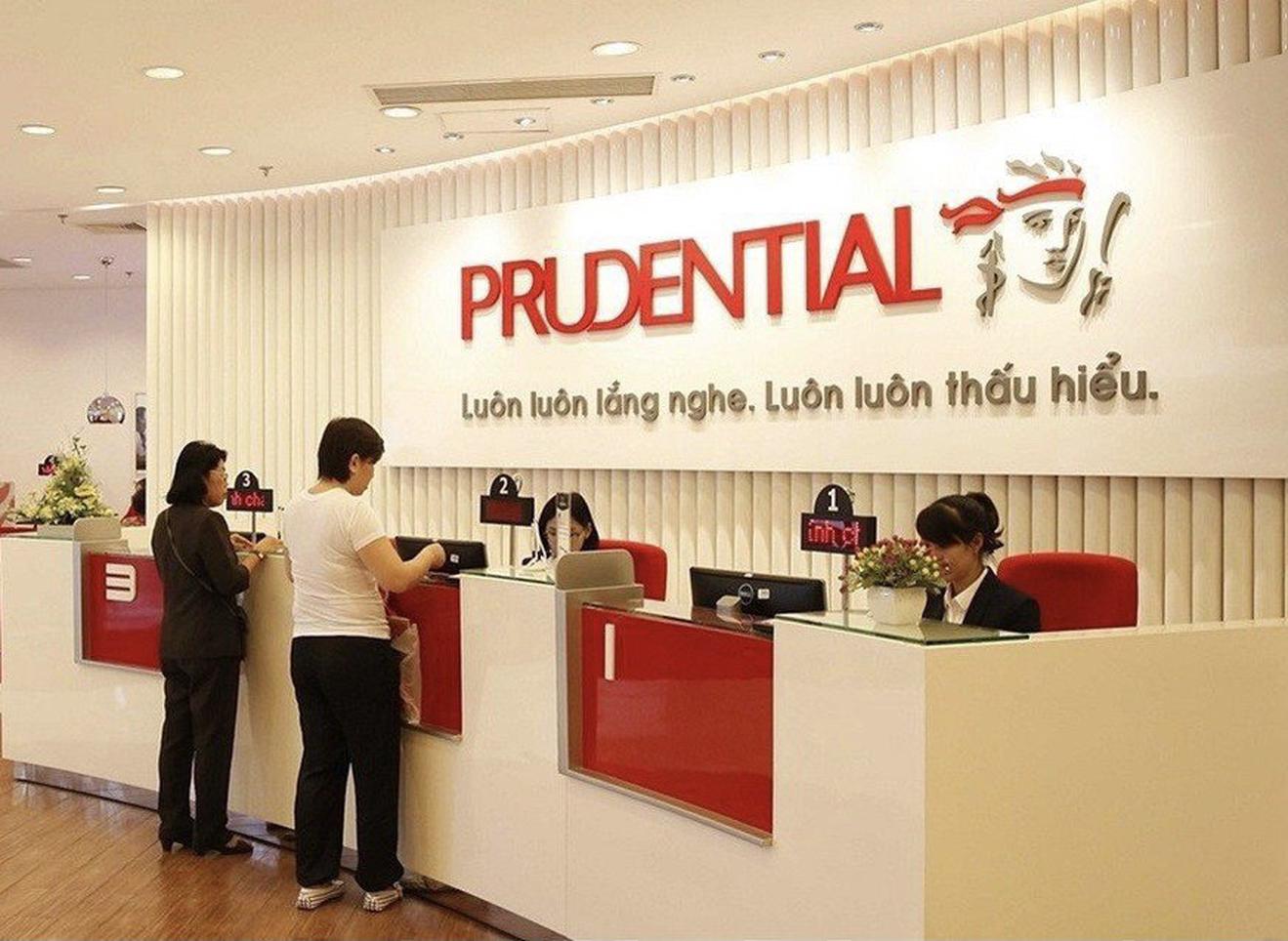









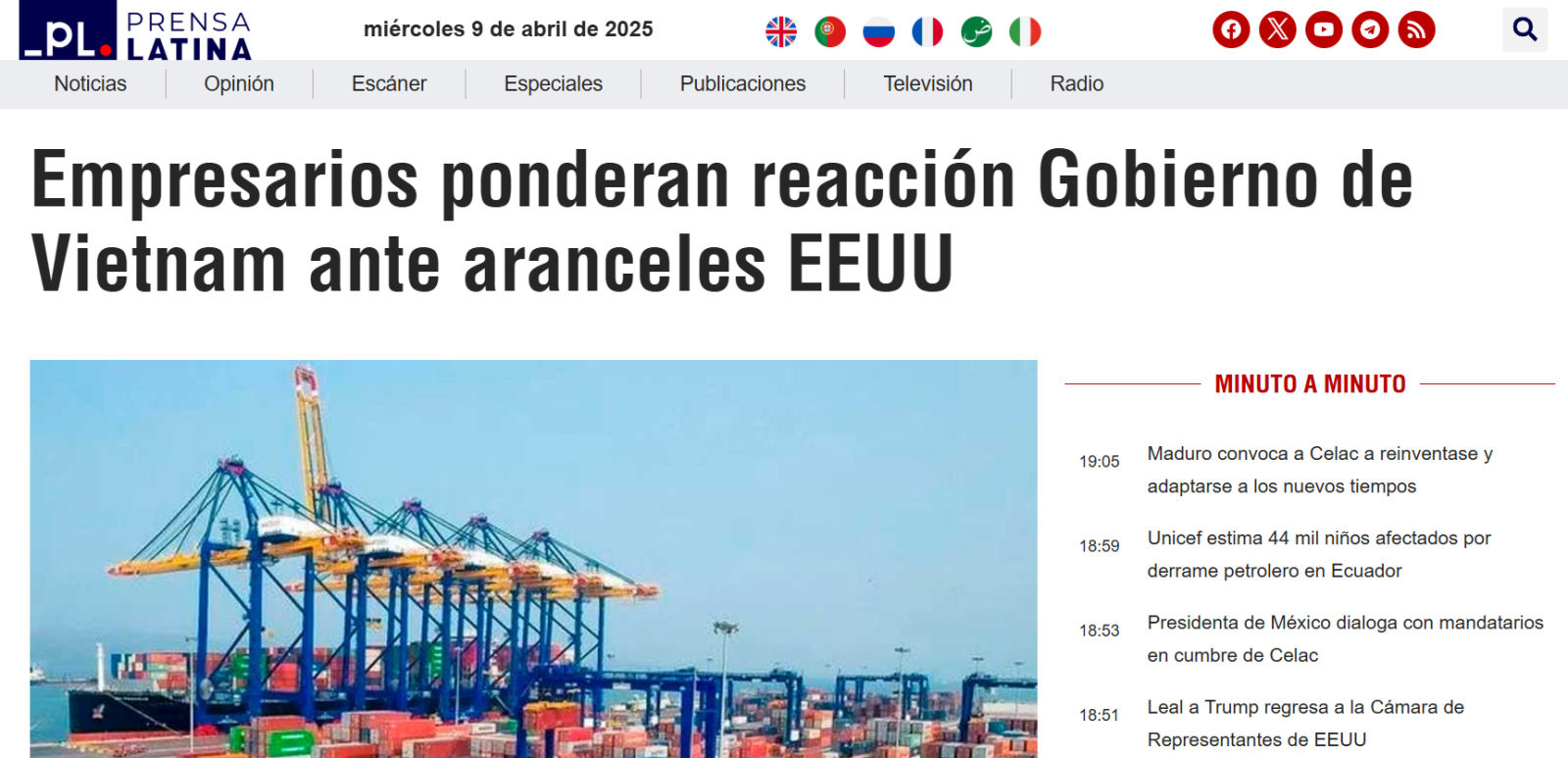

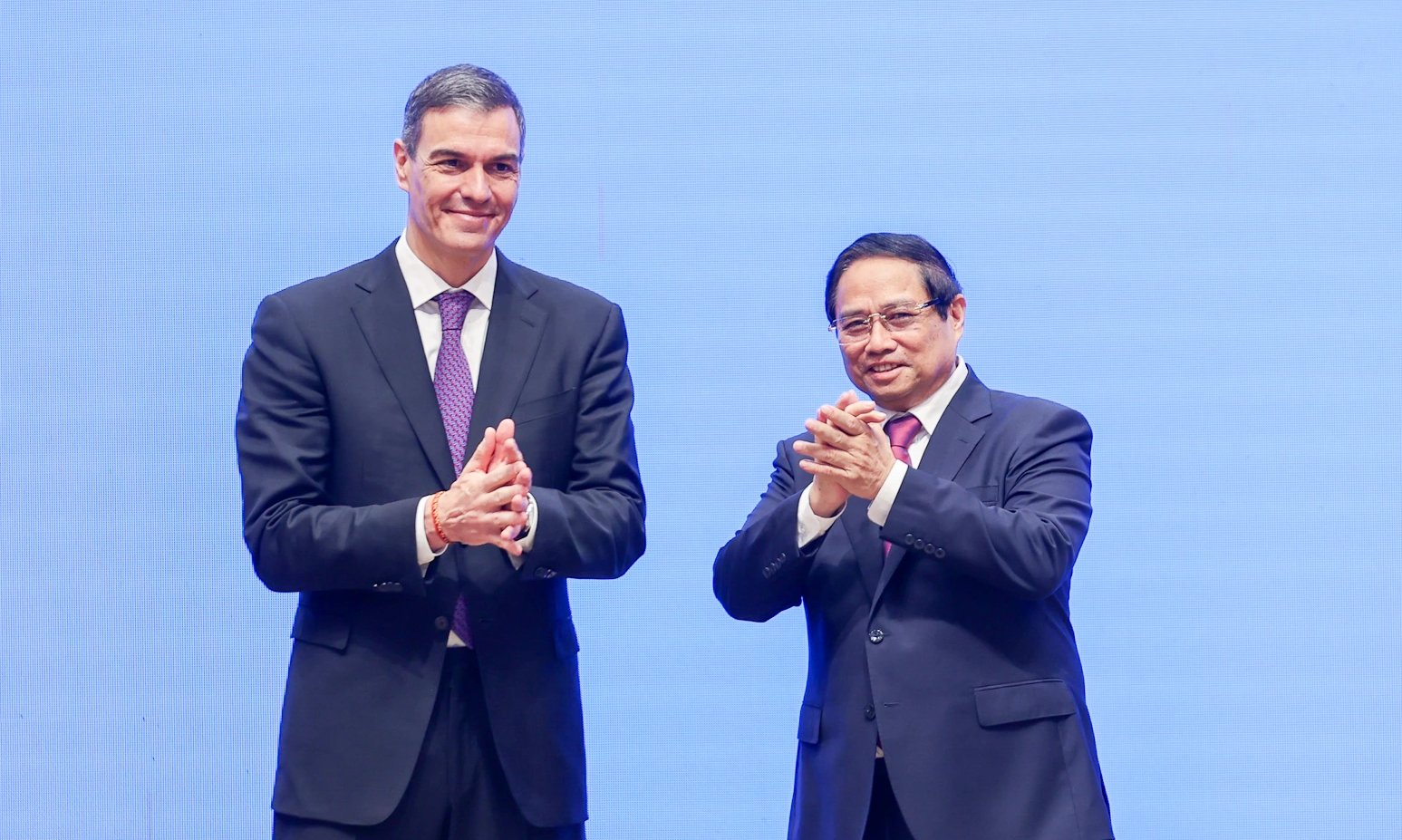



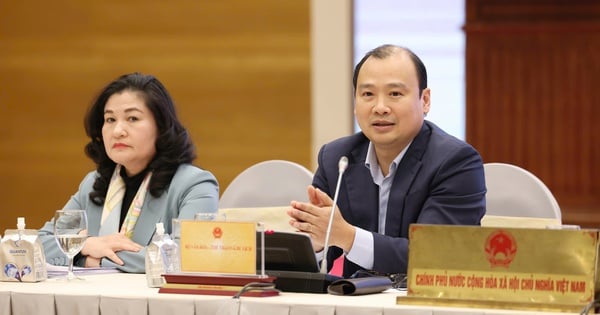




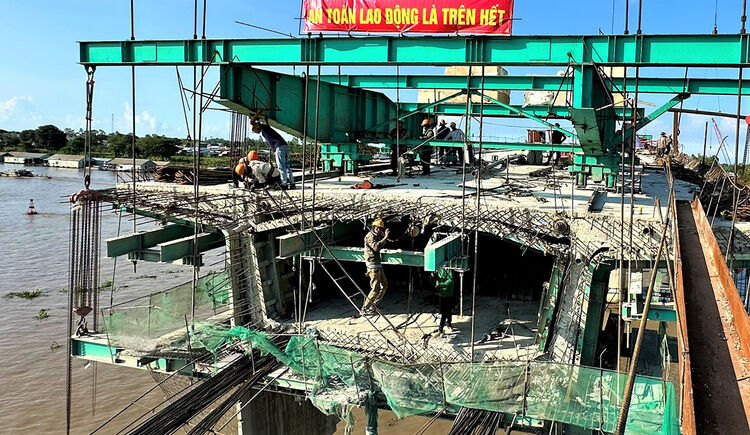




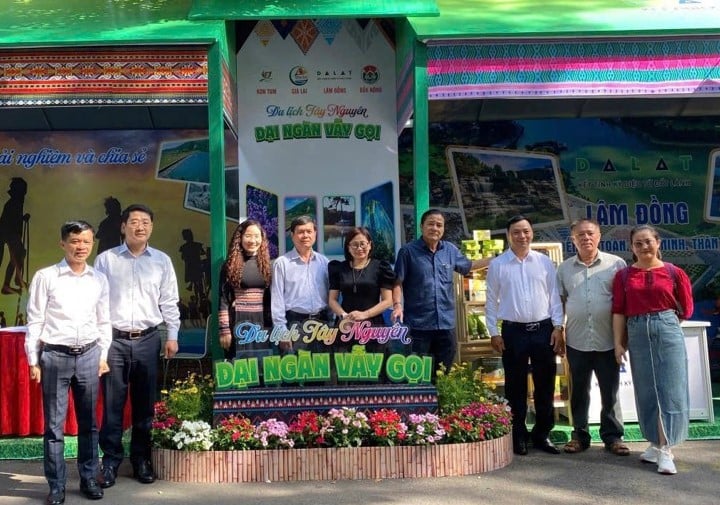

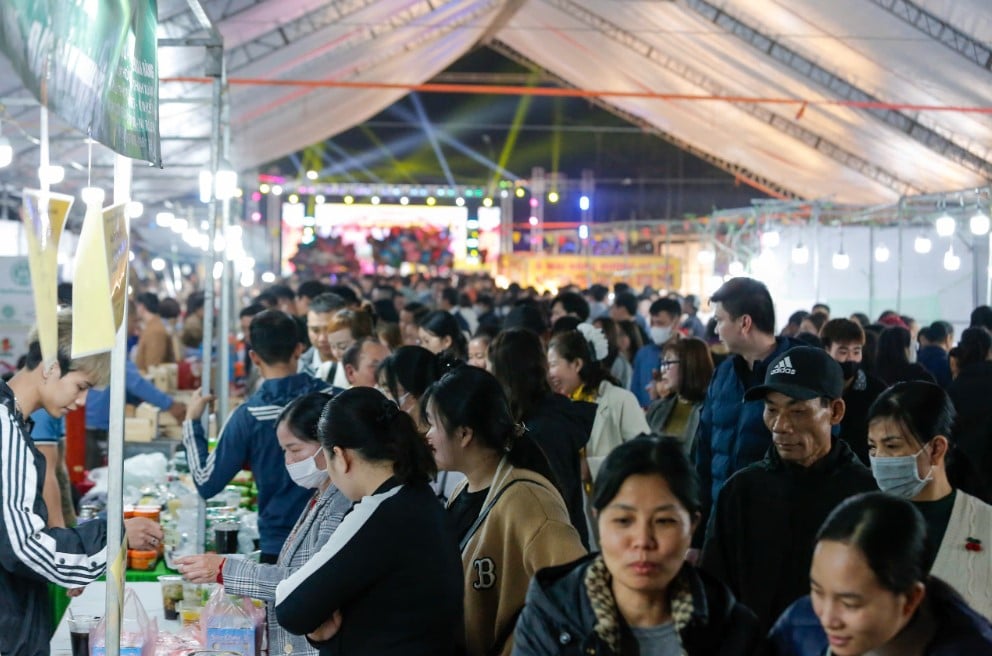


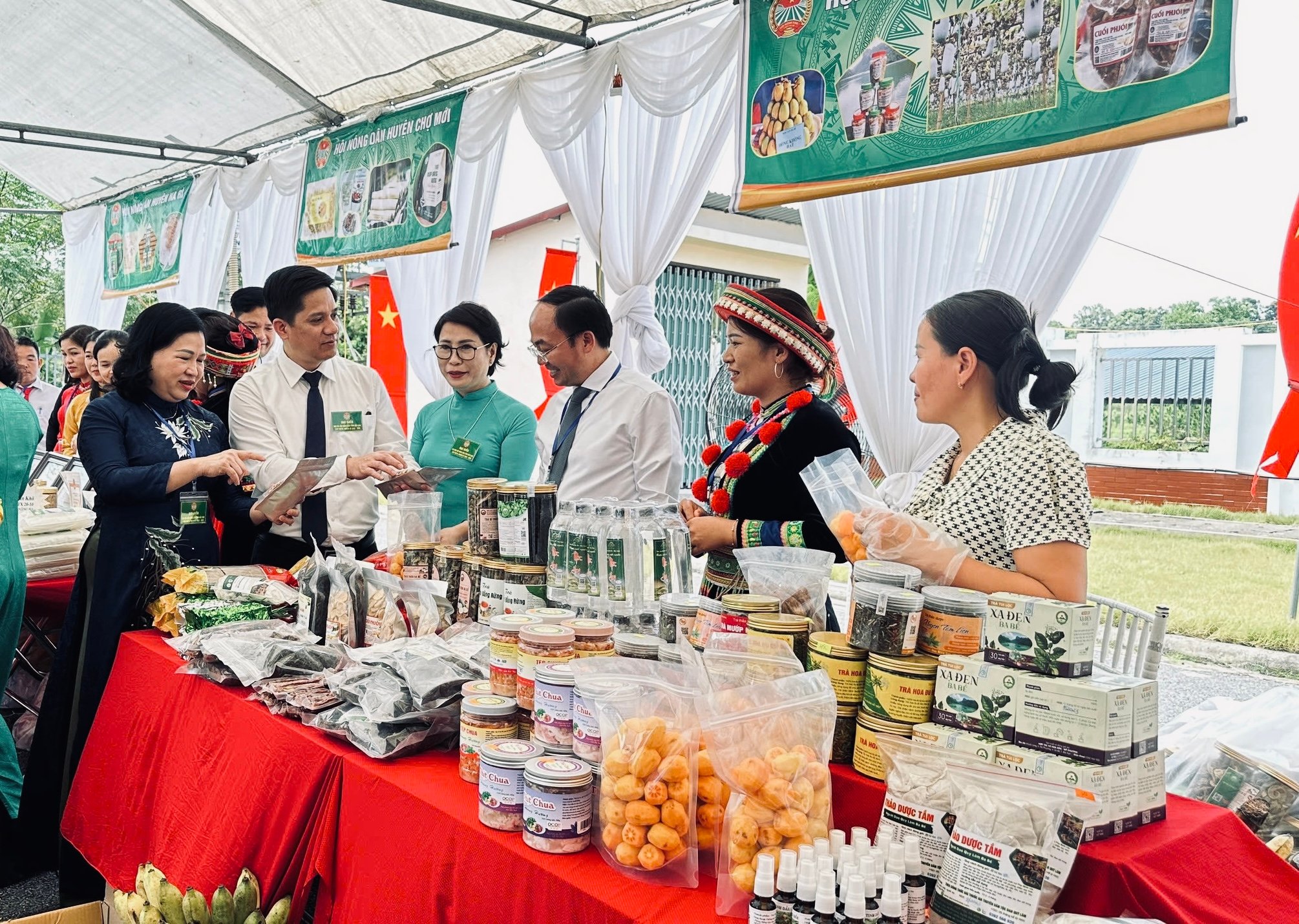
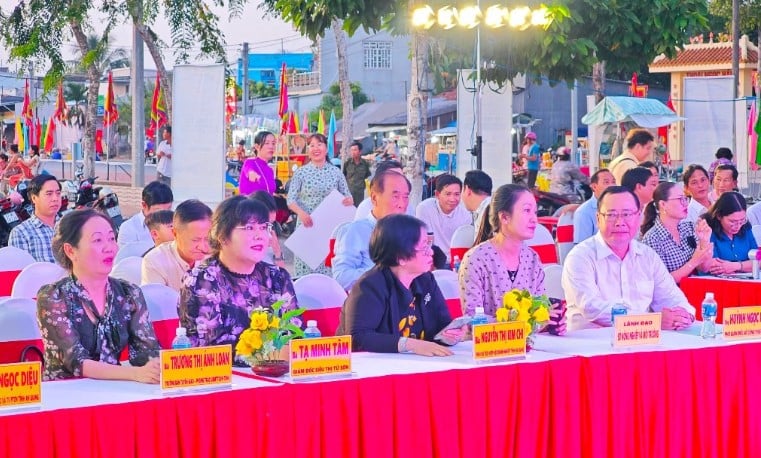

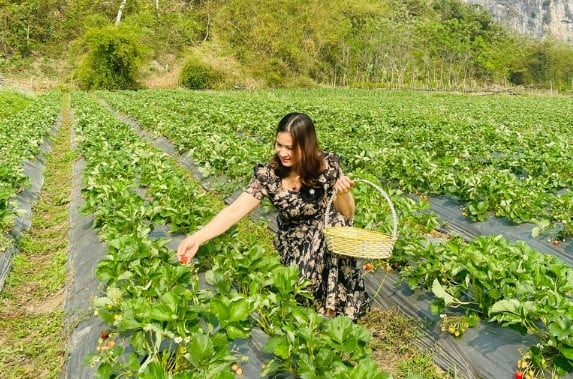

Comment (0)